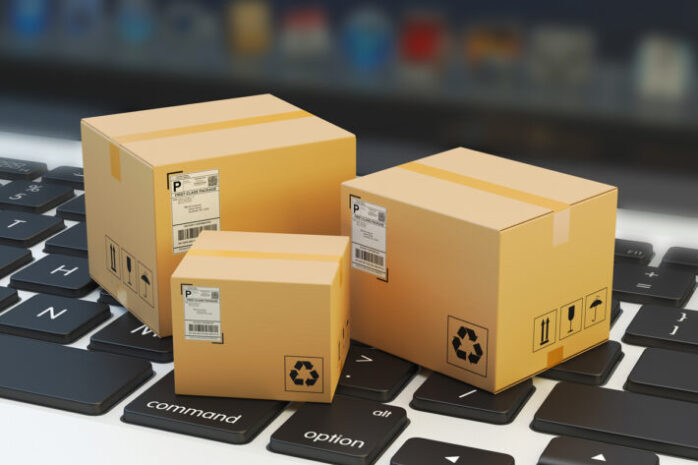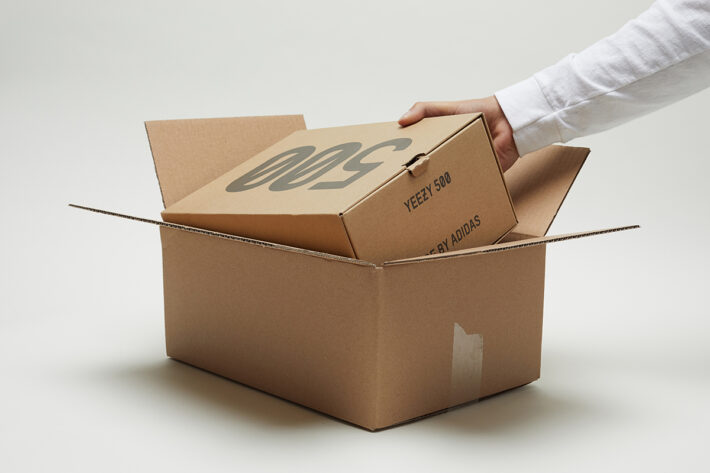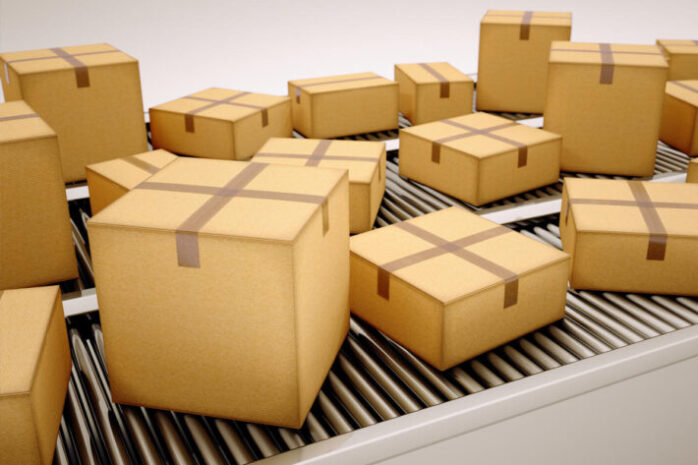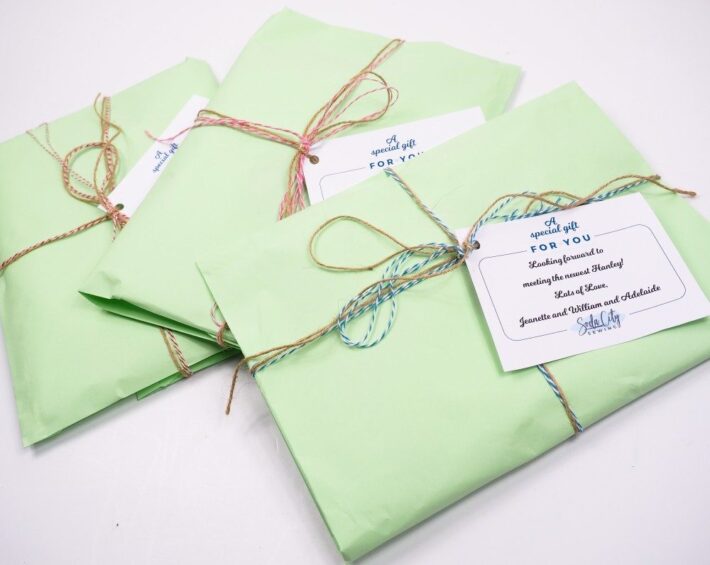
We are all well aware of the anticipation of sending our courier package to our loved one, friend, or colleague who lives in another city, state, or country. We can always spend hours choosing the perfect items for them, meticulously ensuring that they are all intact and in proper condition, and hand them over to our delivery agency services for shipping – only to find out that whatever items you sent broke on the way.
There is nothing more heartbreaking than this. Not only do you face a financial and material loss, but there is also the dissatisfaction of your package going all the way to the person you want, and they don’t even get to use or see it. While most choose to blame the delivery services for their negligence in this scenario, often, it’s not their delivery that is at fault but our packaging.
There are some standards and necessities in packaging that must be followed at all costs or otherwise whatever package we send is always bound to arrive in smithereens. According to verpakgigant.nl, proper packaging should be ensured by using packaging products like bubble wrap, etc., to ensure maximum protection of our package. Aside from this, other considerable factors need to be kept in mind before sending your package to a delivery service.
These factors and small things often escape the wisest of us, and that’s okay because, in this article, we aim to resolve that very thing. By the end, we guarantee that you’ll learn how to wrap your package for shipping properly, what things you must consider, and the crucial don’t-do’s.
Understand your packaging needs and choose suitably

The last thing you want to do is send a really valuable and precious object in a tattered and old box because you couldn’t find proper packaging or think that sending it in a tattered box will make it inconspicuous enough to avoid theft. The reasons are absurd, and the latter can be done with a much better method we’ll explain later. For now, you must understand that the packaging box is one of the most critical components of your delivery package.
If you don’t have a corrugated cardboard box at your home (cardboard boxes specially designed for delivery), then consider buying one from a store. They are incredibly inexpensive and are considered the best choices for sending your packages in. If you are shipping something especially heavy or precious, consider going for a better alternative to corrugated cardboard boxes – double-layered corrugated cardboard boxes which pack twice the reinforcement of a regular corrugated cardboard box.
You don’t want a box that’s too big because more space means you’ll have to fill more filler material, and if the filler material is not enough, the parcel will be crushed at that particular spot damaging your package. Conversely, if it’s too small, your package with enough packaging material won’t fit, and you’ll have to sacrifice essential filling material for a smaller box, which is not recommended at all.
Wrap and layer the items distinctly

While it may sound excessive, it’s necessary to wrap all objects individually on their own to keep them safe from crashing into each other and breaking both simultaneously. Packaging all of them separately might take time, effort, and patience. Still, in the end, if it guarantees to deliver your package entirely intact, then we say it’s definitely worth the effort. Take all your items and wrap them in bubble wrap, polystyrene, tissue paper, or even newspaper – as long as it covers your product and provides bare minimum padding, anything works.
It’s also important that you layer your items properly if you have many things in a single box. Heavier items always go at the bottom, on top of which the more fragile items are kept. An exception to this is when your article is both heavy and delicate, in which case you need to ensure that your heavy objects are on different layers to avoid crashes.
Cushion the rest of the space appropriately

Many people miss out on this step because they think since items are already individually wrapped, there is no need for more wrapping material. This couldn’t be farther from the truth, as even individually wrapped items can still face damage if the items get bounced around a lot during shipping. To ensure that doesn’t happen, line all of the box’s sides with cushioning so that your items don’t get in contact with it, and add filler material to the rest of it.
The most typical cushioning is bubble wrap, but you can even consider using air pockets, or airbags, for it. After you are done adding all your items, the rest of the empty space should be filled with filler material of your choice – even throwaway crumpled paper works! If you have a very precious item, you should consider the box-in-box method specially designed to protect valuable items. All you have to do is fill a larger box with filler material and put a smaller box inside it with your item, which is also filled with filler material – this way, maximum protection is provided to your valuable items.
Finish it off with sealing perfectly

We strongly recommend not being stingy with your tape during packaging. Good taping can be the difference between a package with broken items inside and a package with everything intact. Before packaging, you should make sure you have excellent electrical or duct tape, if not the standard brown packaging tape.
Apply it everywhere you see edges and openings on your box so that it doesn’t open midway while shipping. Remember, all your filler and inside packaging would be rendered useless if your box opens up while it’s being sent, so taping correctly is very important. Most people prefer to tape their packages using the H-method, and it’s something we personally would recommend as well. Even if you are shipping clothing wrapped in a polyurethane bag enclosed by a sticky side, you should still add a bit of transparent tape to it for added protection.
Conclusion
Wrapping your package can be a tricky business, but we hope this article helped you get your head around it. We hope you liked this article, and if you did, please consider following us for regular updates as it will help us out immensely.











